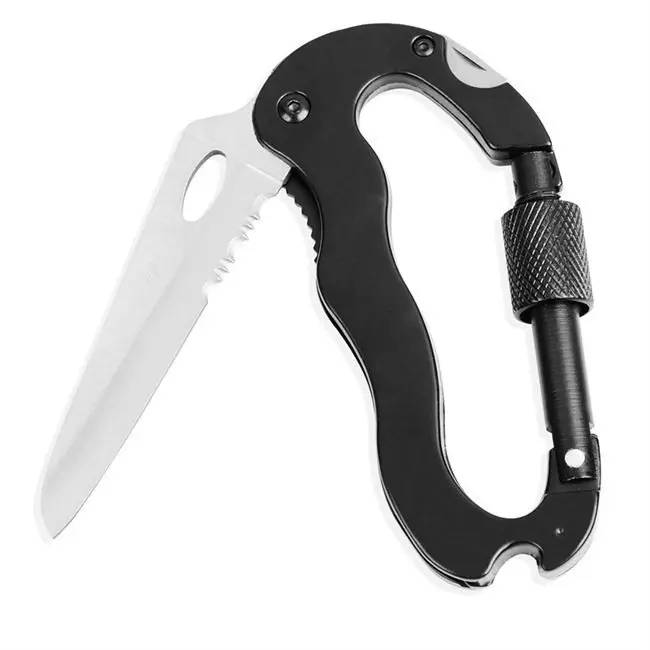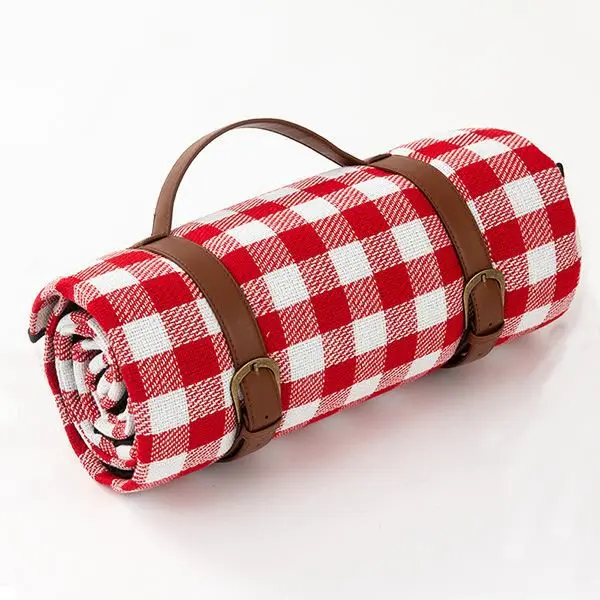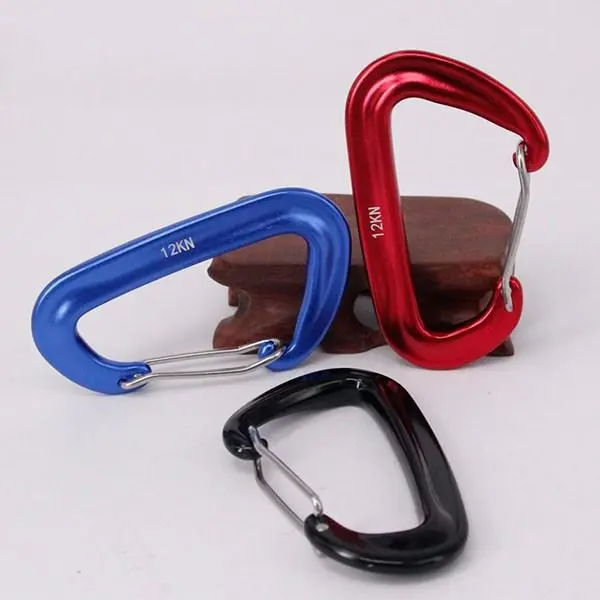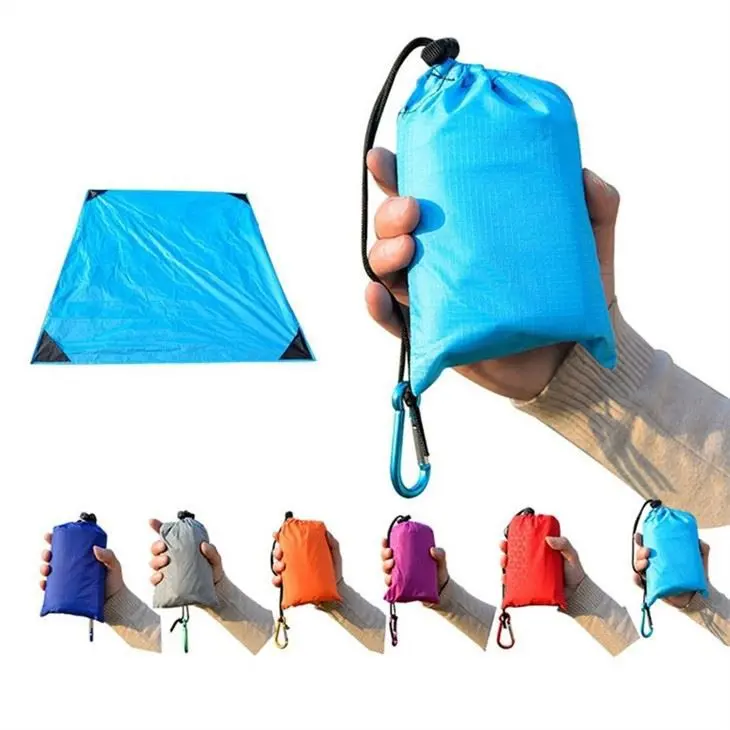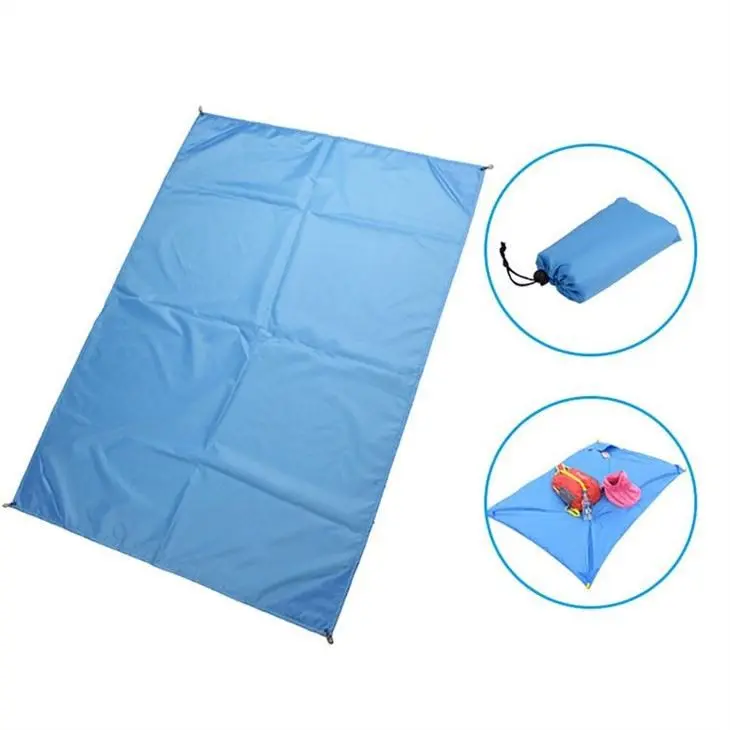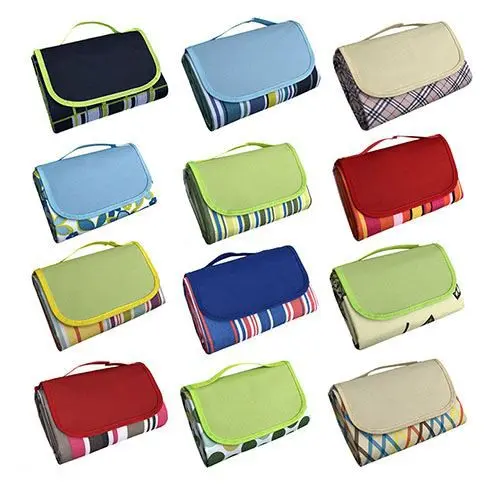How to choose a raincoat
When traveling on rainy days, we need clothing that can block rainwater to protect our bodies from getting wet. As a kind of clothing specially designed for rainy days, raincoats have their own unique features in design and function. So as a raincoat is an essential tool for everyone to avoid rain, how should we choose it? In this article, we’ll take a closer look at how to pick the right rain jacket to help you stay dry and comfortable on rainy days.
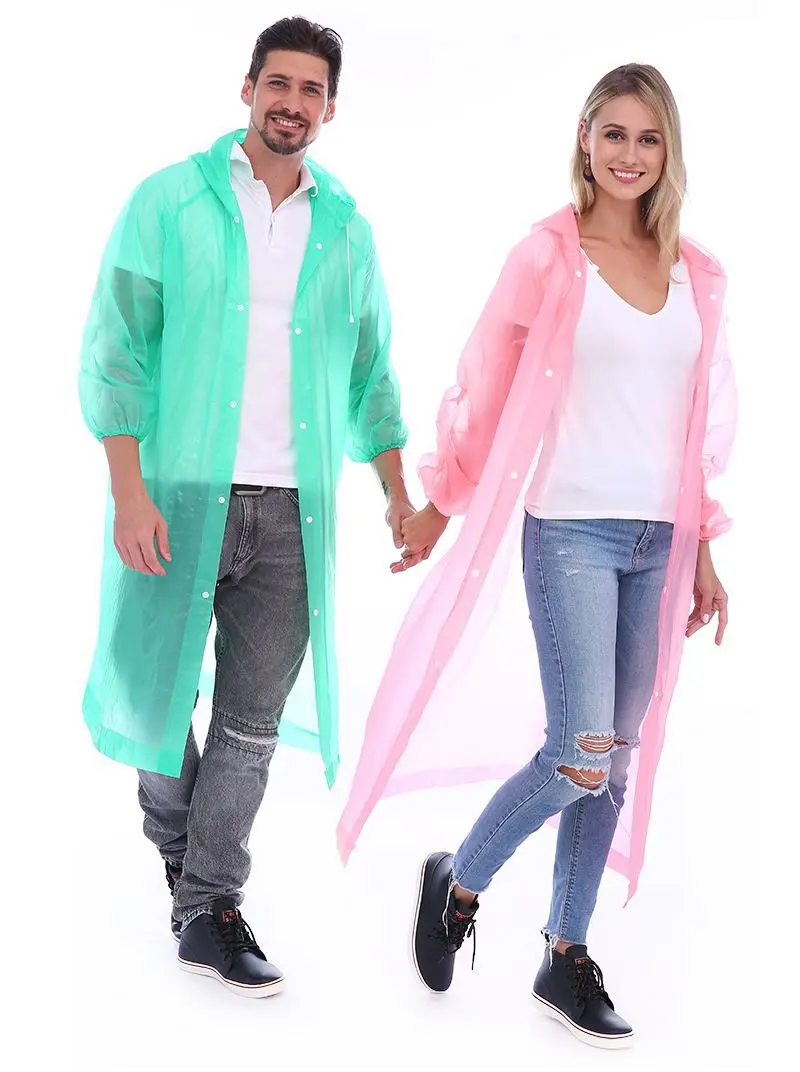
Common classifications of raincoats
- Ordinary type
Raincoats made of lower-priced ordinary materials, such as polyester, PVC, PU, PE, polyester (nylon) and other materials, usually have the following shortcomings. They have poor air permeability and feel uncomfortable when used. Breathable, stuffy, poor wear resistance, insufficient durability, short service life, insufficient environmental protection, etc. The advantage is that it is cheap and suitable for use in mild rainy days and short-term outdoor activities.
- Good type
Waterproof and breathable raincoat: a new type of textile fabric made of polymer waterproof and breathable materials, which is not only waterproof but also breathable. Waterproof and breathable fabric raincoats are very suitable for outdoor sports. This raincoat is made of polymer waterproof and breathable materials. It not only has excellent waterproof performance, but also maintains good breathability to avoid excessive sweat accumulation during exercise. Keep your body dry and comfortable, meeting the requirements of outdoor sports people for dry clothing.
- Excellent type
Gore-Tex is a high-tech fabric that combines waterproof, windproof, breathable and other properties. It is light and comfortable to wear and suitable for those who have high requirements for comfort and functionality. It is an ideal choice for outdoor sports enthusiasts and long-time outdoor workers, such as hikers, climbers, campers, construction workers, forestry workers, photographers, etc., but it is expensive.

- Key knowledge about raincoats1. The principle of raincoat
The waterproofing of raincoats is usually achieved by relying on the fabric itself and the treatment of waterproof coatings. The waterproofing agent can cause water droplets to form bead-like shapes on the surface of the raincoat, making them unable to penetrate. The fabric itself also often uses a dense fiber structure to prevent moisture from penetrating, thereby keeping the interior dry.
- Things to note
After using the raincoat, dry it and fold it in time to avoid direct sunlight and high temperature baking to prevent the raincoat from deforming or aging. At the same time, wash your raincoat regularly to keep it clean and waterproof. When cleaning, follow the manufacturer's recommendations and use a mild detergent and a soft sponge to wipe gently. Avoid using hot water and strong detergents.
- Tips for choosing raincoats1. Look at the parameter introduction
The parameter label of the raincoat will include the waterproof performance, breathability, friction resistance, drying performance, environmental performance and size of the raincoat. Check whether the above performance meets the national standards, or compare it with other raincoats to see which Good value for money.
- Consider usage and scenarios
If it is used occasionally to avoid rain and waterproofing, and the pursuit of raincoats is not high, you can choose raincoats made of lower-priced polyester, PU, PE, polyester (nylon) and other materials.
If you pay more attention to experience, pursue comfort, and have higher requirements for raincoats, you can choose a raincoat made of waterproof and breathable fabric.
If you are pursuing a higher experience and have higher requirements, you can choose a raincoat made of more expensive Gore-Tex fabric.

- Functional design
A high-quality design takes into account the fit of the raincoat and the safety of the user to ensure freedom of movement, reduce wind resistance, and provide good visibility when riding or doing outdoor sports. There are also reflective strips on the front and back of the raincoat to increase safety at night or when visibility is poor.
- Style design
Raincoats can also be divided into ponchos, one-piece, and split types according to the overall difference. Poncho is the most common raincoat, suitable for short rainy days or quick put on and take off scenes. The one-piece raincoat has an extended top that hangs down to the knees or even lower, and is usually suitable for riding and walking; the split raincoat separates the top and trousers and can be worn separately like ordinary clothes. Suitable for outdoor hiking, fishing, etc.
- Look at the workmanship
The workmanship of the raincoat is very important. If the stitch length of the raincoat is too large, the stitch height is inconsistent, the sealing is not up to standard, and anti-penetration treatment is not used, then water will easily seep in heavy rain or rainstorms.
Conclusion
To sum up, there are many aspects to consider when choosing a suitable raincoat, including the material, style, waterproof performance, breathability, etc. of the raincoat. Different usage scenarios and personal needs will also affect our choices. So have you now learned how to choose a raincoat that suits you?

